The Otaga Region and Queenstown
Sunday, March 10
On the road to Queenstown
We woke up in Oamaru, a very civilized-looking town with impressive white buildings of solid Oamaru stone with architectural flourishes like Greek columns and plants and looking very much like a wealthy British city.
Local guide Michael greeted us in character as a wealthy 1884 landowner from Scotland named Alexander McMaster.
"Alexander" told us about the boom years in Oamaru when a gold rush and a thriving shipping industry led to a building spree on a planned town with an extra wide main avenue, multiple banks and warehouses, and increasing crime. A "snake oil" medicine named Lane's Emulsion was invented in Oamaru, joining many other such products for sale. It was a fancy, neoclassical, Wild West town. Because it became a popular party town for sailors and other reprobates, a temperance movement formed and the subsequent ban on liquor lasted until the 1960s.
Mary tried to sit on the Aussie insurance company's windowsill, but found out what kept the reprobates from loitering.
Like most towns in Europe, New Zealand's towns also have their World War I Memorials.
We enjoyed "Alexander's" Kiwi-isms;
Good on you.
Oh, those flamin' Ozzie's!
Busy as. (Full stop after as. You dont have to add as what)
Colin's been adding more expressions to our vocabulary:
Sweet as.
Yeah nah.
Shot. (Seems like the Dutch "tak." General purpose word for agreement, "awesome," and other meanings)
We didn't go into the Steampunk Museum, but it looked cool. Victorians thinking into the future - imagined everything would be steam powered, even space travel.
Many of the beautiful buildings in the harbor area weren't maintained or fell into disrepair. Eventually a charitable trust formed to restore some of the beautiful old stone buildings.
In the central Otago region of the South Island, the climate is drought prone, but usual very good for growing grain. Eventually Oamaru's harbor proved to be too small for all the shipping that moved on to other towns, and with the additional burden of some devastating floods Oamaru's boom years ended. Mike predicted their future was in trade and tourism around limestone, fossils, and penguin conservation.
Colin sang us a song he'd found in Ireland called "Farewell to the Gold" that was set in Otago (the place of red earth).
Heading southwest, we drove through the town of Dunedin, which I just learned is the Gaelic word for Edinburgh (a dun in Scottish is a fort).
Boulders at Moerake Beach
We stopped for a stroll on an expansive beach to see the giant boulders. They started forming 6 million years ago on bottom of seabed, in marine mud, and kept rolling around down there, building up, for millions more.
Colin said they are technically concretions - cementations of mudstone about 6 1/2 feet across. We had some fun taking pics climbing and posing with the boulders.
Onward
At Blacks Hotel, a nice-looking Scottish pub, we had a dinner-like lunch of roast, root vegetables - pumpkin is popular here now that it's autumn in the Southern hemisphere - and salad. Speight's beer was a hit.
Next up: Wine Tasting!
At Kinross Winery, we tasted wines from 5 wineries in the immediate area, all growing pinot noir grapes. Someone decided that the Otago region of New Zealand might be great for growing pinot noir since it is at the same latitude as Bordeaux, France.
Our sommelier Martial was very, very French. First he poured a pinot blanc from Hawkshead.
Then a rose, also from pinot grapes, followed by three pinot noirs. Neighboring wineries Valli and Wild Irishman were the crowd pleasers.
Everyone was excited by the end of the tasting, after we were well lubricated and Ross bought two magnums to share with the gang on the long bus trip to Milford Sound the next day.
Back on the road, we passed Kawarau bridge, home of the first commercial bungee jumping site.
After driving a long way along the shores of Lake Wakatipu, we finally arrived at our destination, the resort town of Queenstown. Or in New Zealand, "the adventure capital of the world." One of its claims to fame is the 1912 steam ship still operating on the lake.
From our Queenstown base we took a trip on Monday to Milford Sound - the subject of another blog post - and on Tuesday, the tour group got some free time to take advantage of all of the adventures available out of Queenstown, or just relax for a day. Mary and Meghan joined a group taking a morning speedboat tour of a scenic river, while I decided not to risk the motion sickness and stayed back in town to shop for souvenirs and great deals on merino wool clothes.
Strolling the lakefront on our first night in Queenstown. It's like a hopping summer water town while also feeling like a ski resort.
The only Irish pub I've ever seen with a confessional in it. This random dude played along with my need for photographic evidence.
We really enjoyed our time in Queenstown. It's hard to believe our tour of New Zealand is nearing its end.
- Christine












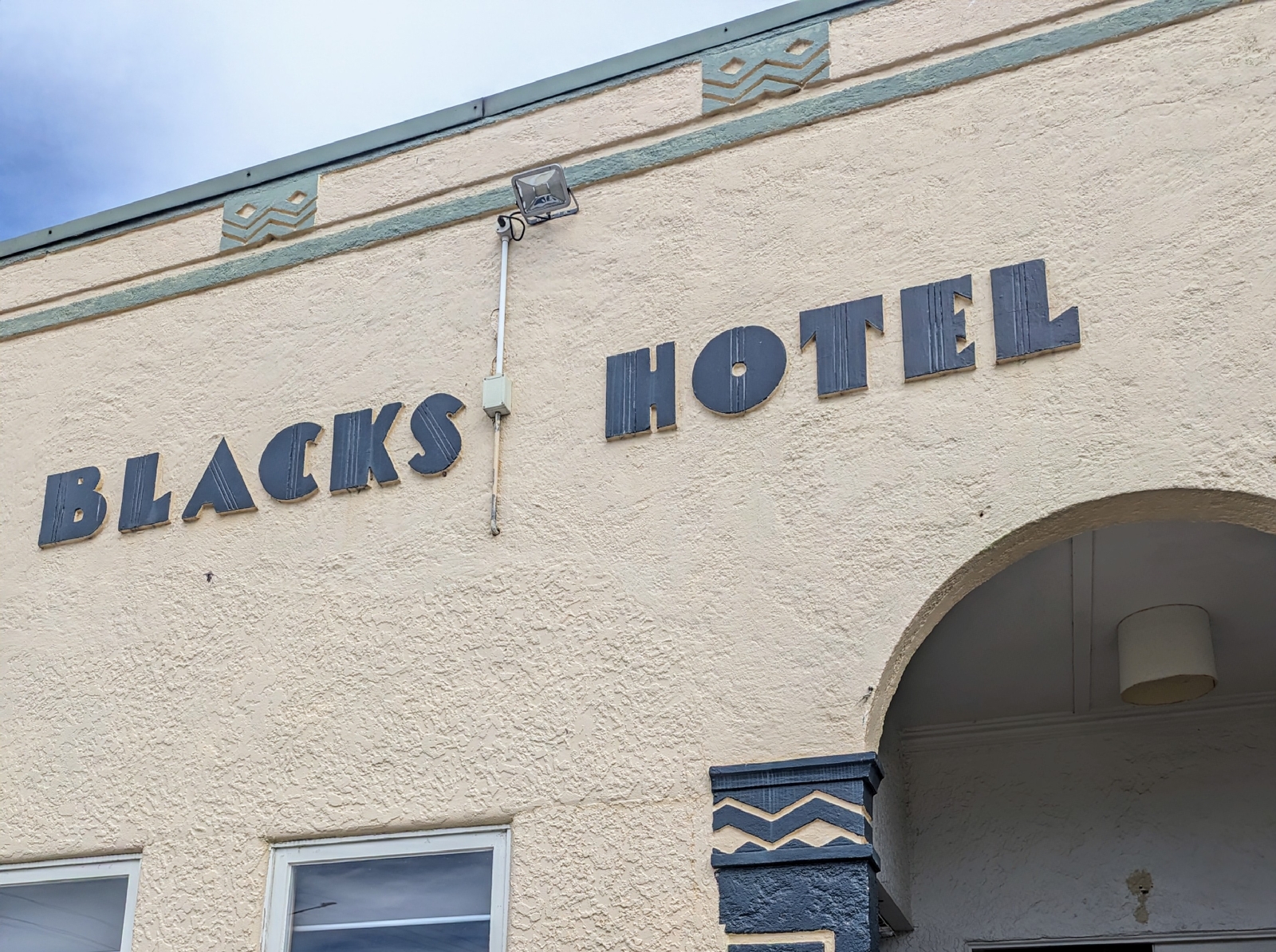

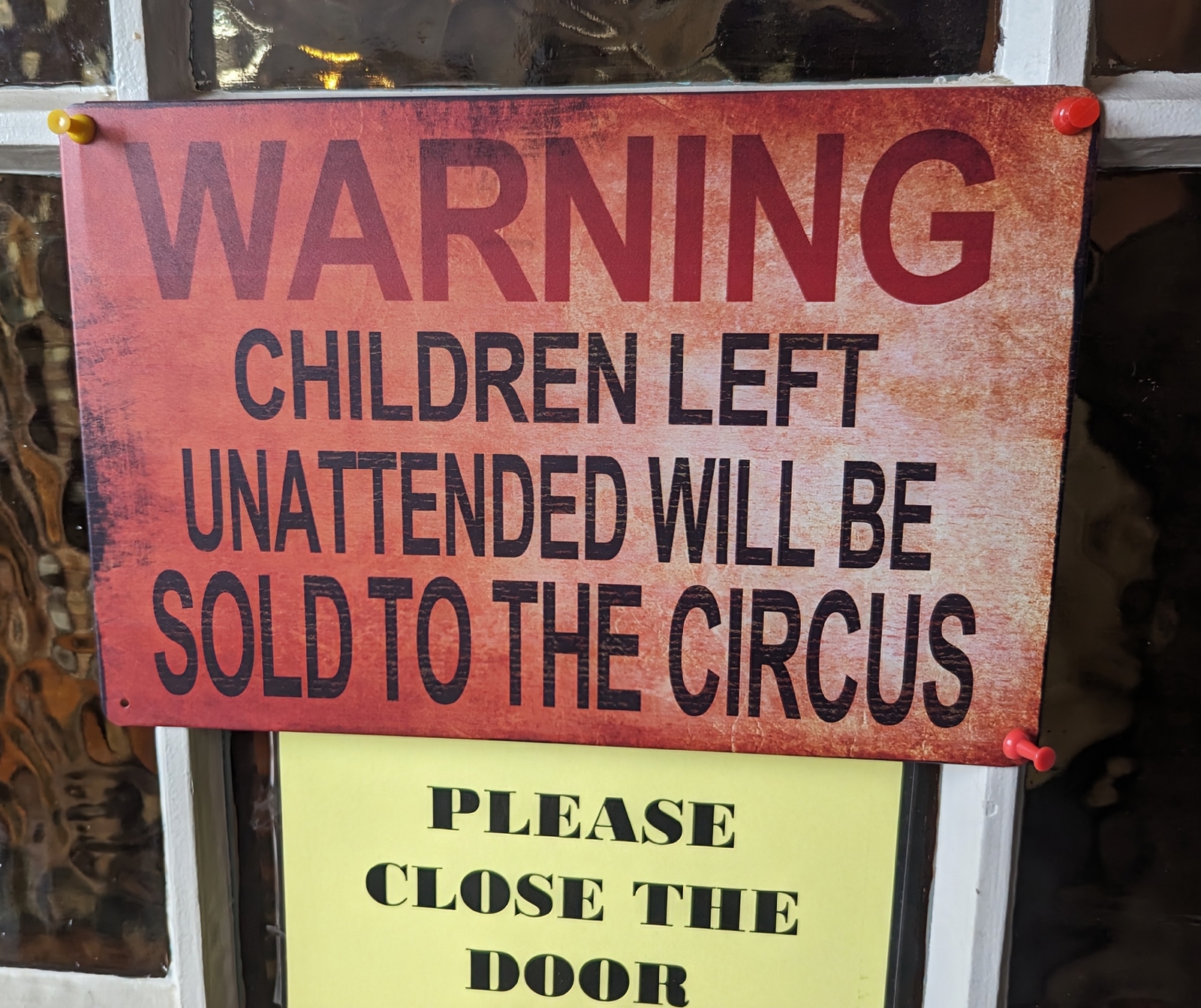

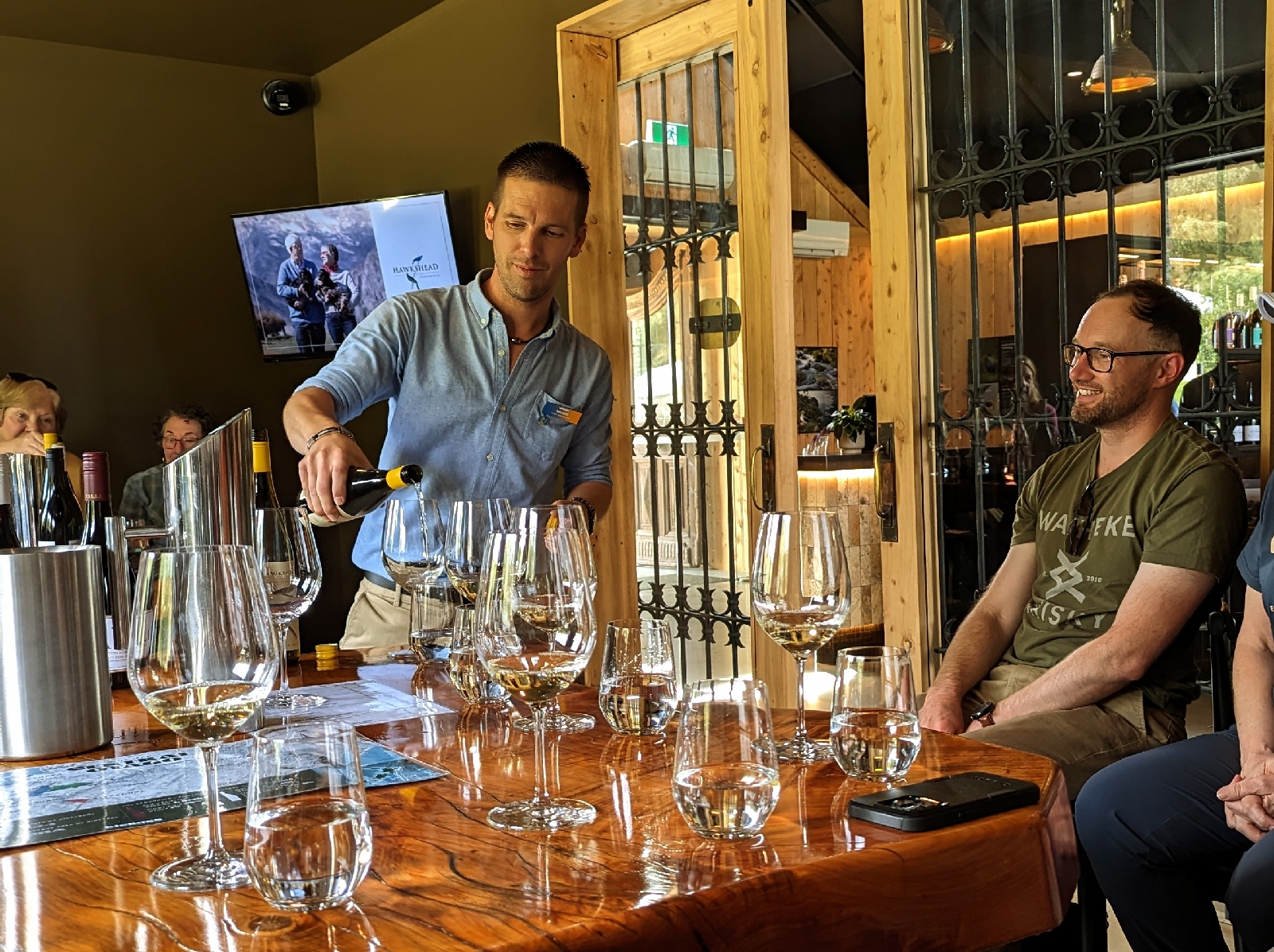
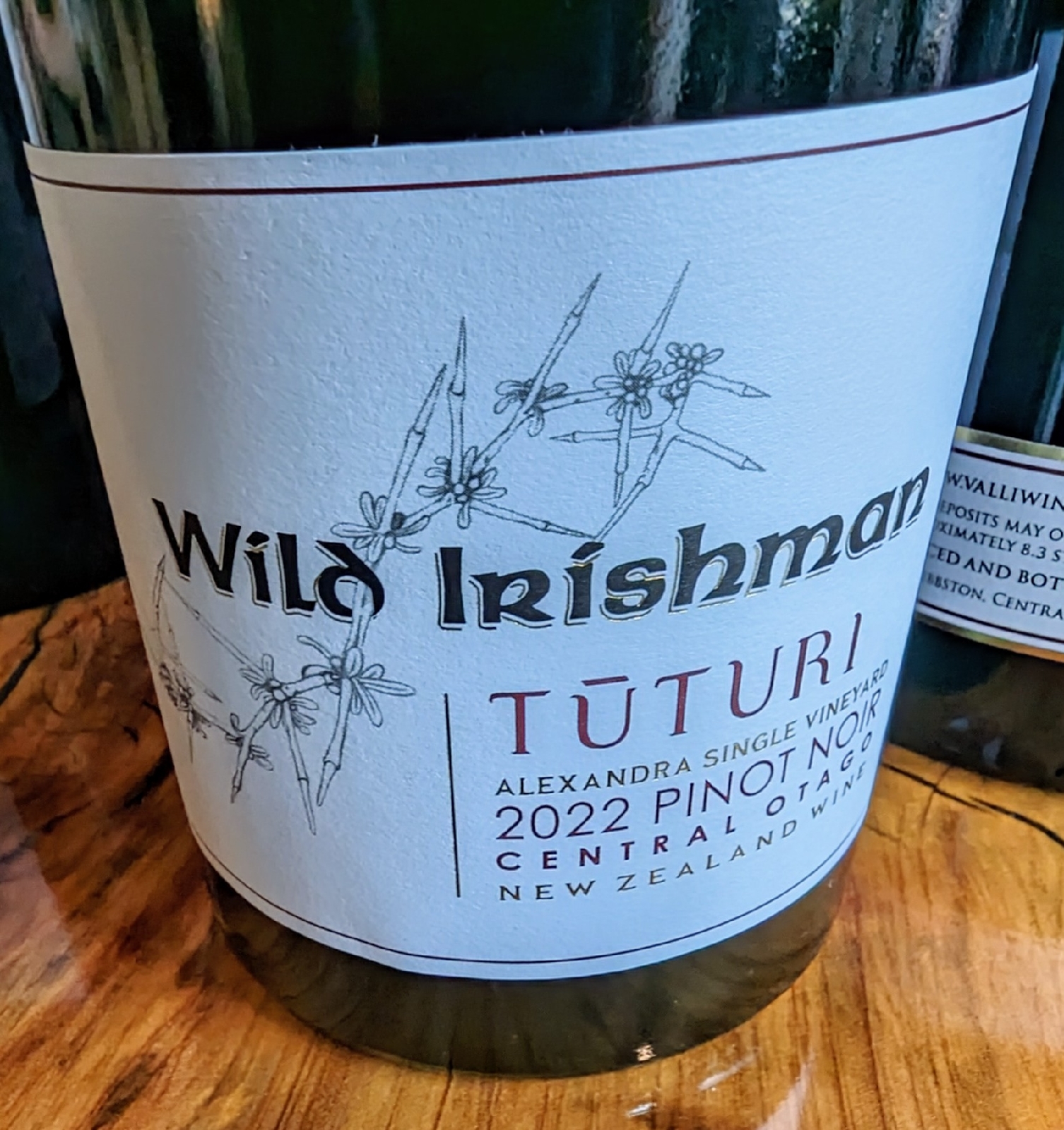




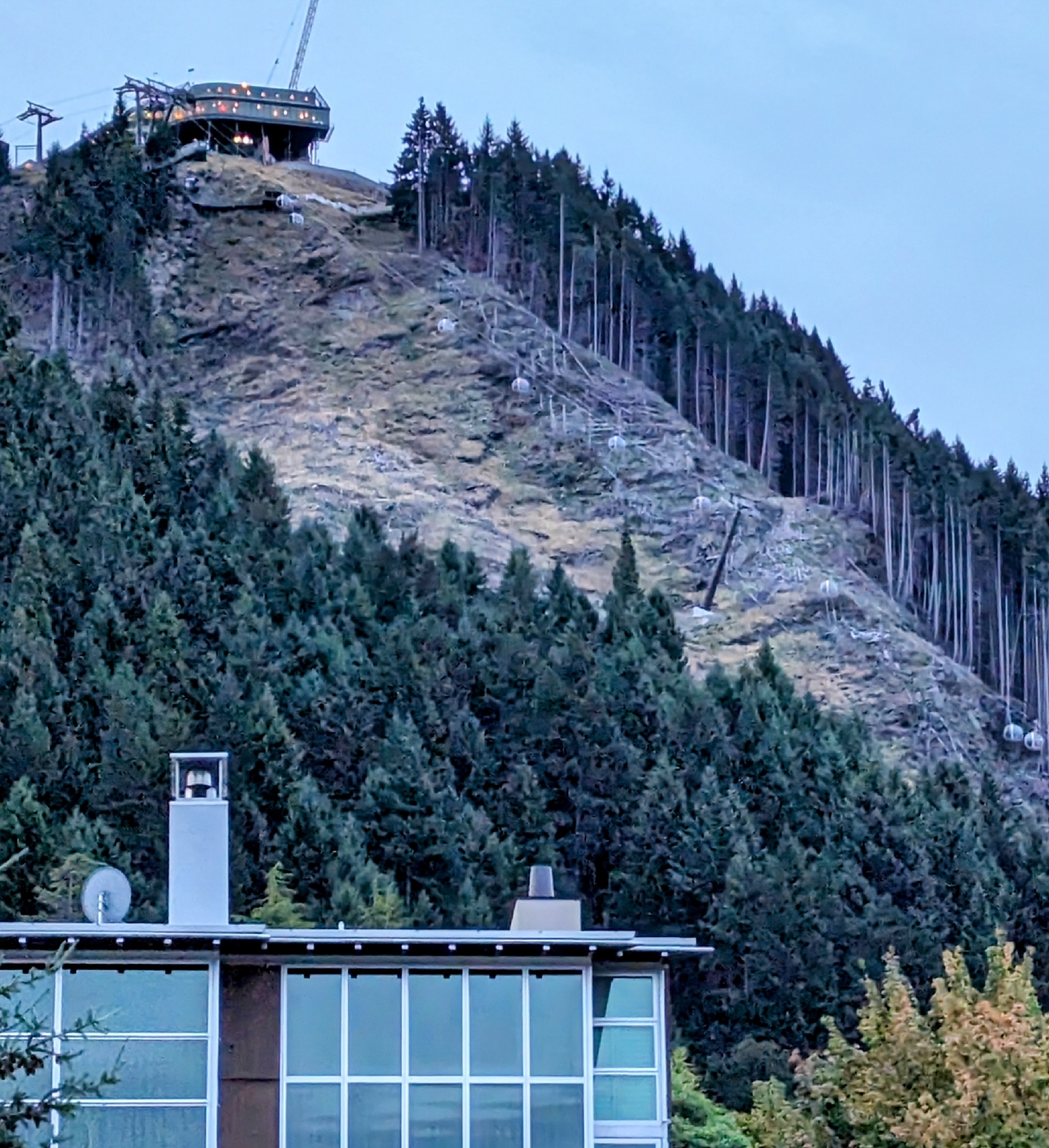
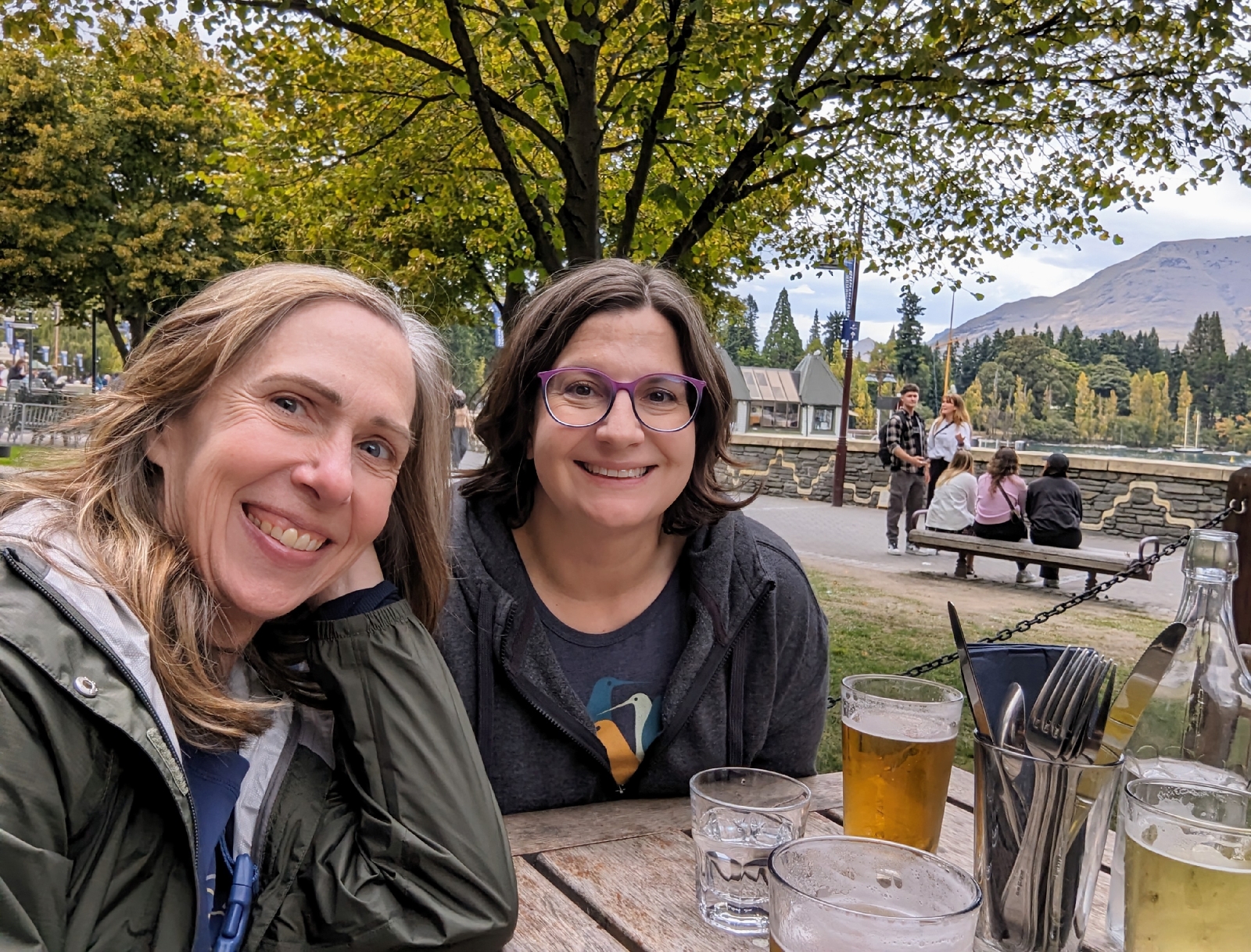
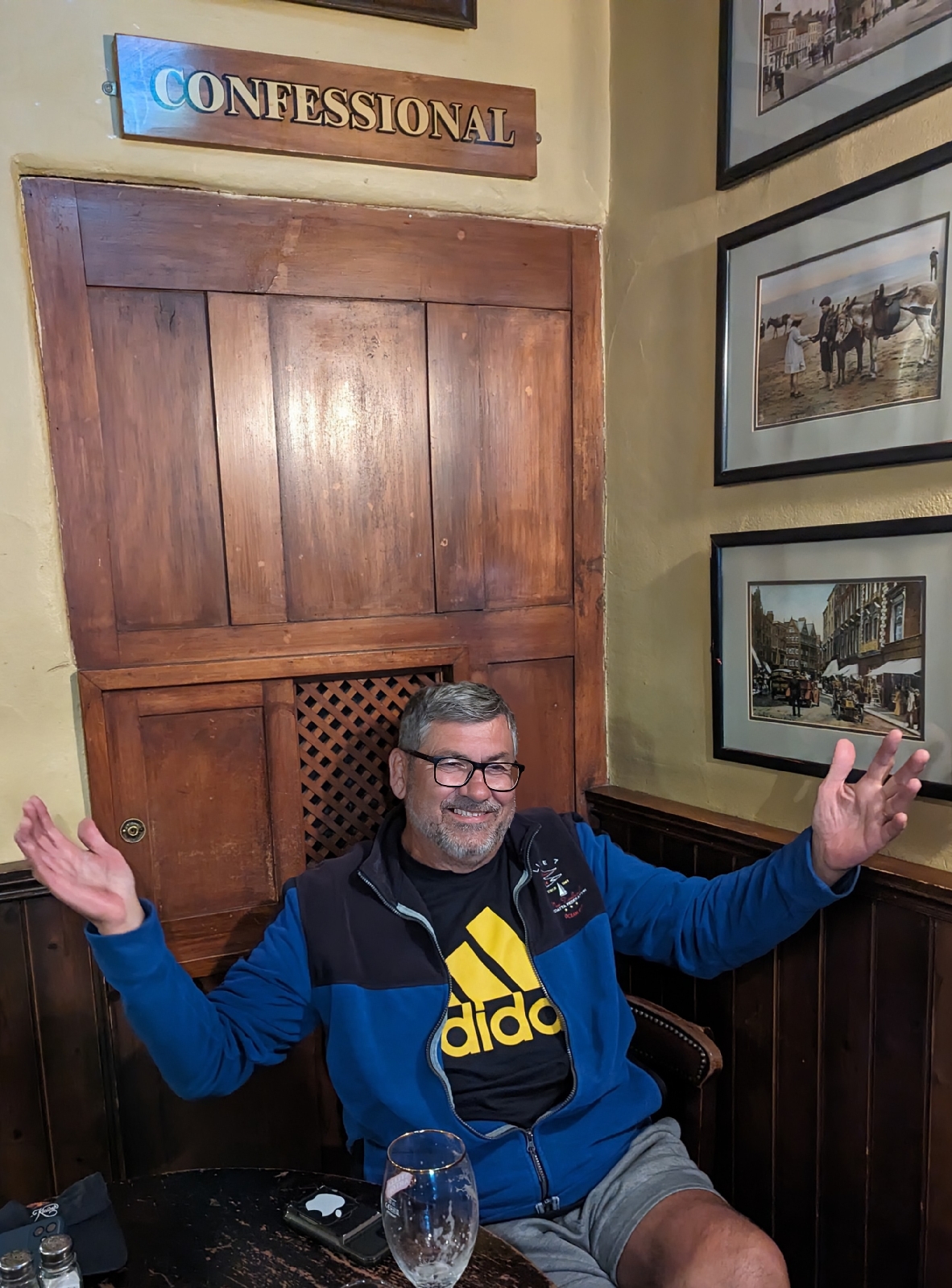



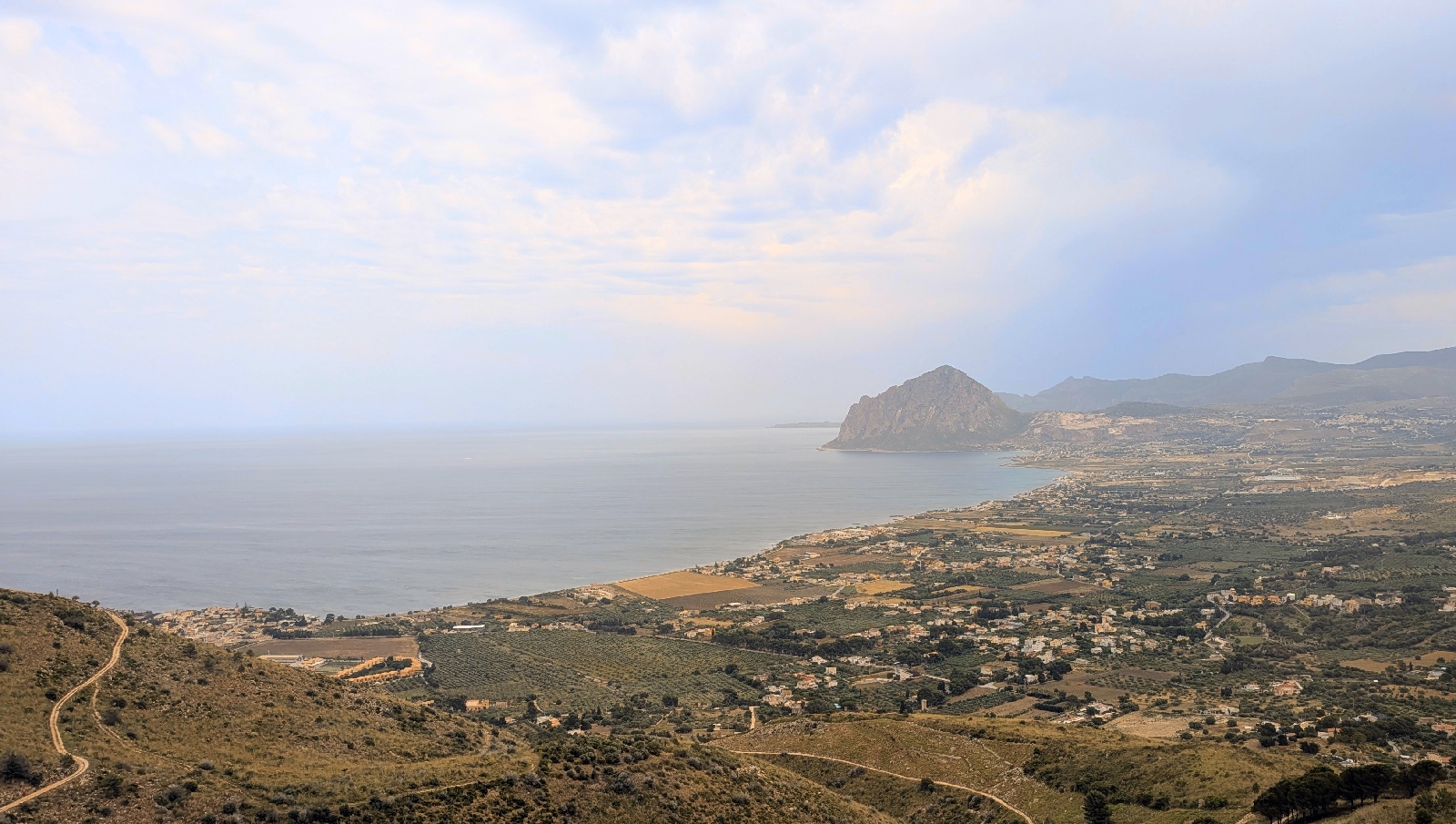

Comments
Post a Comment